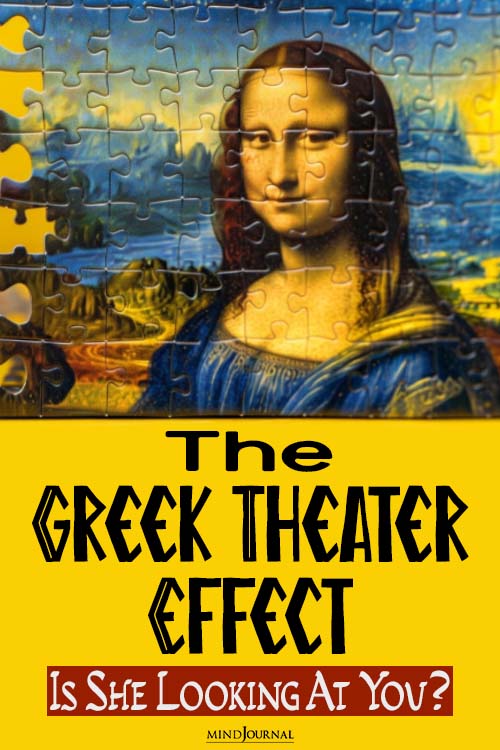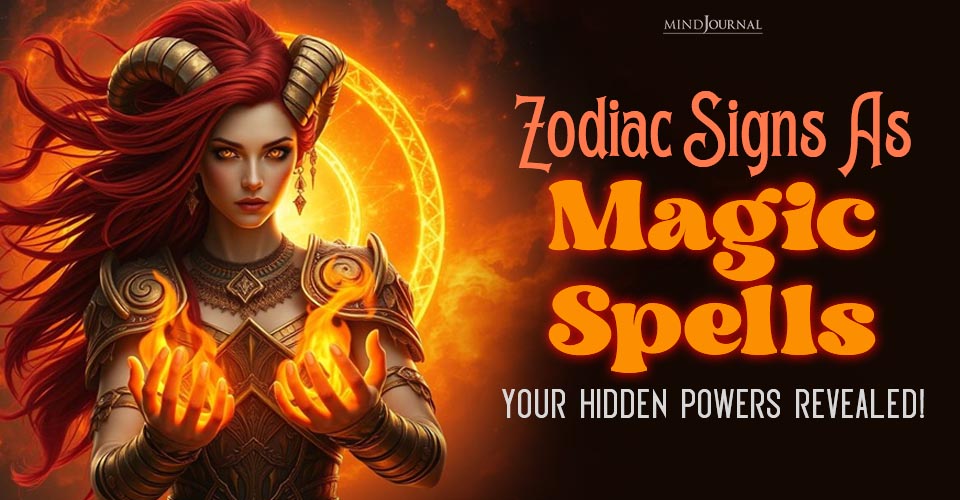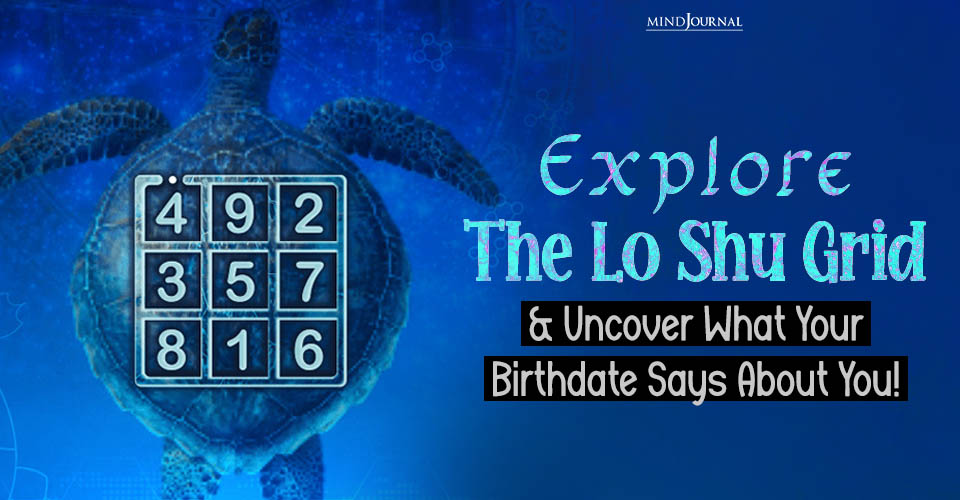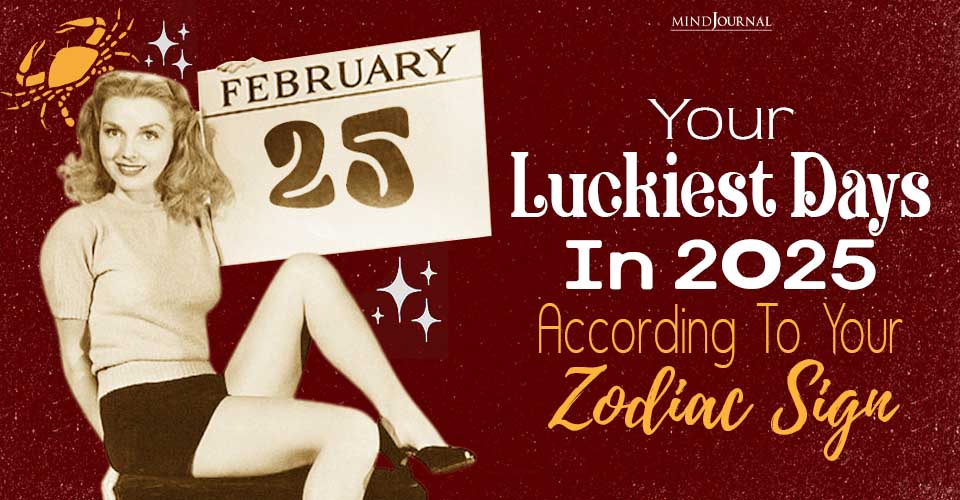The Greek Theater Effect reveals how consciousness creates the illusion of a single observer. So, let’s explore more about cognitive science and collective influence!
Ancient Greek theaters and the Mona Lisa reveal secrets about consciousness.
Key points
- The conscious field activates multiple “response codes,” a phenomenon called “collective influence.”
- The geometry of the field creates the illusion that there’s only one “responder” (i.e., one “response code”).
- This illusion is related to illusions associated with the Mona Lisa and theaters of Ancient Greece.

Read More Here: Color Psychology: How Colors Influence Your Choices and Feelings
What Is The Greek Theater Effect?
Some Renaissance paintings, such as the Mona Lisa by Leonardo da Vinci, always seem to be staring at one, no matter where one is standing in the room. Her gaze appears to be fixated on one, incessantly tracking one as one walks across the room. How can this be? Portraits by Holbein, Jan van Eyck, and Botticelli, too, show this effect.
In this post, we will discuss how this effect illuminates certain puzzling aspects of the conscious field and how the conscious field appears to one, that is, to “the self.”
This post is the last part of a series of posts synthesizing many of the conclusions presented in this blog over the last 15 years. The post focuses on unconscious processes following, and reacting to, the conscious field (Stage 3). The conscious field is composed of all the things that one is conscious of at one moment in time. It could be composed of the smell of lavender, ringing in the ears, and the sight of a sunset, for example.
Before speaking more about the Mona Lisa, let’s consider that responding to a stimulus (e.g., an object such as a cup of coffee) does not occur in a vacuum. For such a response to be adaptive, one must respond to a stimulus in light of the other stimuli in that environment as well as in light of the memories and urges activated by all the stimuli.
For example, the sight of a cup of hot coffee on the edge of a table, by itself, would not be an action-demanding event, but the sight of the cup along with knowledge that kids happen to be running around the house at that time might prompt one to move the mug away from the edge of the table. Again, we do not respond to a stimulus, the coffee mug, by itself, in a vacuum.
Thus, with respect to the “conscious field,” which, again, comprises all one is aware of at one moment in time, it is essential for one conscious content not to dominate action selection. A conscious content is anything that one is aware of (e.g., the smell of lavender or ringing in the ears). If each conscious content did directly influence overt behavior, then behavior would not be adaptive.
One would leave the cup of coffee where it is. One might, for example, drop an expensive dish of China if the dish was a bit too hot. Overt behavior is adaptive because we can refrain from immediately dropping the China.
This is because overt, “voluntary” behavior does not reflect the action tendencies associated with only one particular conscious content, but reflects the collective contents of the field. This is called “collective influence” (Morsella et al., 2016) and is what the conscious field affords.
Without the conscious field, when the conscious field is absent or not operating properly, actions arise but are not adaptive. They reveal a lack of collective influence: Actions are not guided by all the kinds of information by which they should be guided. For example, one eats the berry without taking into account what one was told.
The conscious field permits what has been called a “conditional discrimination,” a kind of contextualized response in which one responds to stimulus X in light of stimulus Y (see this post). “Action selection,” as when one flicks one switch versus another switch or moves forward versus backward, is distinct from motor control/motor programming, processes which are largely unconscious.
The conscious field is sampled by the (unconscious) “response codes” (a kind of action program) of the skeletomotor output system. This system is in charge of the type of muscle that historically has been called “voluntary” muscle, because of its association with conscious will. In short, the conscious field is “sampled” by action systems, which themselves are unconscious, according to Morsella et al. (2016).
This is a form of unidirectional communication. The field operates blindly, whether conscious contents are incongruous with each other or not (see previous post).
Unlike in ‘workspace’ models of consciousness, in which conscious representations are ‘broadcast’ to modules that are engaged in both perceiving those representations and creating representations, in “passive frame theory,” the contents of the conscious field are directed only at (unconscious) response codes in the skeletomotor output system. The operation of these response codes is below the horizon of consciousness.
Thus, the conscious field is not apprehended (or “sampled”) by a single agent, but by a collection of (unconscious) “response codes,” each of which is activated differentially by the contents of the field (Morsella et al., 2016). There is no “homunculus fallacy” here because each code has its own concerns and action tendencies and does not replicate the function of the system as a whole.
The homunculus fallacy is when one tries to explain human behavior by proposing that there is a little person (a homunculus) in the head making decisions and controlling behavior. This proposal begs the question, “Then what is in the head of the homunculus?” The proposal suffers from the fallacy of “infinite regress.”
At some point, one must explain the organism’s behavior by proposing sub-organismic mechanisms. In short, one cannot explain how a toaster works by proposing that there is a little toaster inside the toaster.
To the actor, it seems that there is a single observing agent because of the way in which the field is formatted for each of the response codes. We refer to this as the “Greek Theater” effect (Morsella et al., in press). In Ancient Greece, theaters often contained a central, circular stage. With this geometry, any spectator could believe that he or she had “the best seat in the house.”
However, the illusion occurred equally for every spectator. Similarly, the geometry and format of the conscious field, which is designed that way for the purpose of adaptive action selection (Morsella et al., 2016), would seem to each response code as if the field were directed only toward it.
This is because it is adaptive for things to appear as if from a first-person perspective. And so, things appear this way to each of the response codes. To each response code, it seems that the field is directed only toward it. The Greek theater effect is similar to the effect induced by the Mona Lisa and many other Renaissance paintings, in which the painting appears to be staring at one regardless of one’s location in the room.
Action selection then leads to sophisticated motor programming which, like the response codes, is unconscious (see post here). No one is aware of such motor programming nor how it is used to move the jaws, lips, and tongue to produce the many different speech sounds that we produce several times a second.
And if one decides to act silly and make sniffing sounds with the nose, one is unaware that the act is actually carried out by subtle, controlled movements of the diaphragm and intercostal muscles. The nose is not doing much.
We are aware of the perceptual consequences of such motor acts (the movements and noises stemming from the nose) but not how these acts are produced. When an action is produced, its consequences in the world and in the body (e.g., “proprioception”) are perceived.
Read More Here: The Psychology of Emotional Shopping
The action produces food for the sensory analyses in Stage 1: Processes preceding the construction of the “conscious field.” Thus, the cycle across the three stages begins again.
References
Morsella, E., Brauer, S., Wright-Wilson, L., & Elsabbagh, T. (in press). Attention, the homunculus, and the Greek theater effect. Behavioral and Brain Sciences.
Morsella, E., Godwin, C. A., Jantz, T. K., Krieger, S. C., & Gazzaley, A. (2016). Homing in on consciousness in the nervous system: An action-based synthesis. Behavioral and Brain Sciences [Target Article], 39, 1-17. IMPACT FACTOR: 29.3.69
By Ezequiel Morsella Ph.D.
Originally published in Psychology Today










Leave a Reply